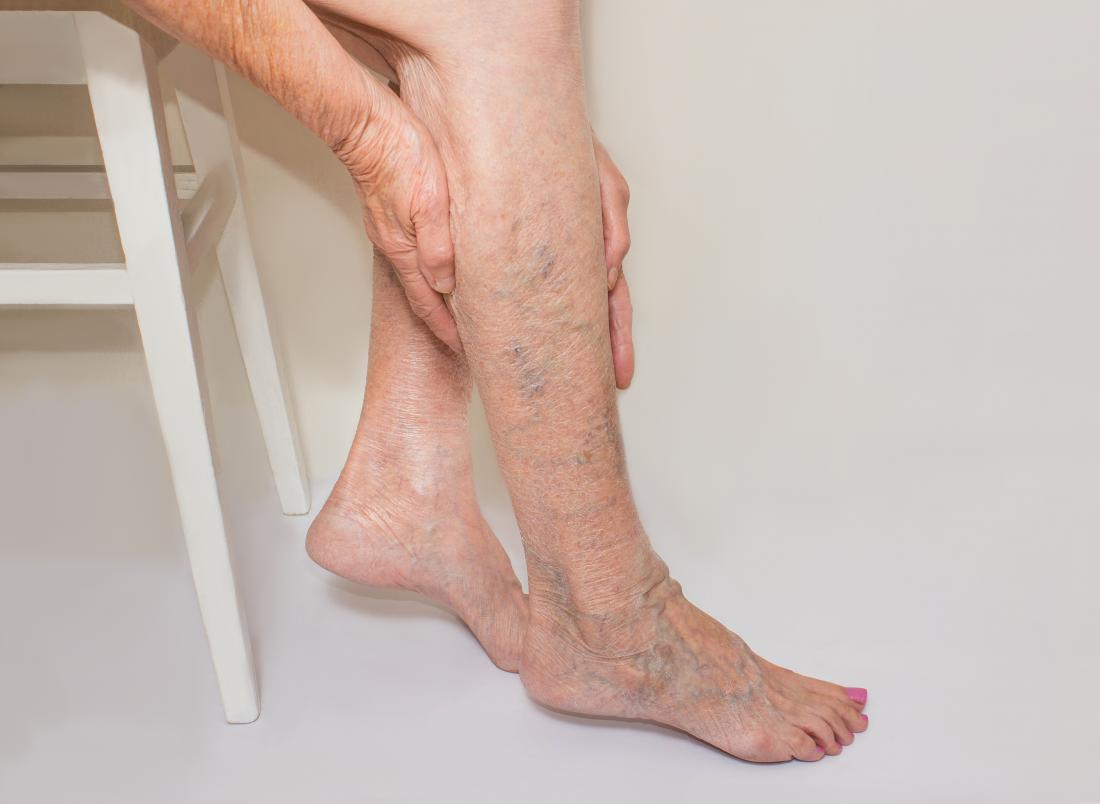What are the treatment options for varicose veins are enlarged, twisted veins that usually occur in the legs and can cause discomfort, pain, and cosmetic concerns for those affected. Fortunately, several treatment options are available to alleviate the symptoms and improve the appearance of varicose veins. In this article, we will explore the common treatment options for varicose veins and discuss their effectiveness, benefits, and potential costs.
Lifestyle Modifications And Self-Care:
One of the initial steps in managing varicose veins is making certain lifestyle changes and adopting self-care practices. These may include:
Regular Exercise: Engaging in low-impact exercises such as walking, cycling, or swimming can help improve circulation and strengthen the leg muscles, reducing the symptoms of varicose veins.
Weight Management: Maintaining a healthy weight can alleviate pressure on the veins and reduce the risk of developing or worsening varicose veins.
Elevating the Legs: Elevating the legs above heart level periodically throughout the day can promote blood flow and relieve swelling and discomfort.
Compression Stockings:
Compression stockings are specialized elastic stockings that provide graduated pressure on the legs. They help improve blood flow, reduce swelling, and relieve symptoms associated with varicose veins. While compression stockings do not eliminate varicose veins, they can effectively manage symptoms and slow down the progression of the condition.
Sclerotherapy:
Sclerotherapy is a minimally invasive procedure commonly used to treat small to medium-sized varicose veins and spider veins. It involves injecting a solution directly into the affected vein, causing it to collapse and eventually fade away. Sclerotherapy is typically performed on an outpatient basis and requires no anesthesia, with minimal recovery time.
Endovenous Laser Treatment
Endovenous Laser Treatment, also known as EVLT or endovenous laser ablation, is a procedure that uses laser energy to treat larger varicose veins. During the procedure, a thin laser fiber is inserted into the affected vein, and the laser heat seals the vein, causing it to collapse and be gradually reabsorbed by the body. EVLT is minimally invasive and offers excellent results with a short recovery time.
Radiofrequency Ablation
Radiofrequency Ablation, similar to EVLT, is a minimally invasive treatment option for varicose veins. It uses radiofrequency energy to heat and seal off the affected vein, causing it to collapse and eventually disappear. RFA is performed on an outpatient basis, with minimal discomfort and a quick recovery period.
Surgical Interventions:
In severe cases or when other treatment options have not provided satisfactory results, surgical interventions may be recommended. These procedures include:
Ambulatory Phlebectomy: A surgical technique in which small incisions are made to remove varicose veins through a series of tiny punctures. The procedure is typically performed under local anesthesia.
Vein Stripping and Ligation: This surgical procedure involves tying off and removing the affected vein through small incisions. It is usually performed under general anesthesia and may require a longer recovery period compared to other treatments.
Cost Of Varicose Vein Treatment:
How much does varicose vein treatment cost can vary depending on several factors, including the chosen treatment option, the severity of the condition, geographical location, and individual healthcare provider fees. Non-invasive treatments like compression stockings and sclerotherapy generally have lower costs compared to surgical interventions such as endovenous laser treatment or vein stripping. It is advisable to consult with a healthcare professional or a specialist to get a better understanding of the potential costs involved in varicose vein treatment.
Conclusion:
Varicose veins can be effectively managed and treated using various approaches, ranging from lifestyle modifications and self-care practices to minimally invasive procedures and surgical interventions. The choice of treatment depends on the severity of the condition, individual preferences, and the recommendations of healthcare professionals. By understanding the available treatment options, individuals can make informed decisions in consultation with their healthcare providers to improve their quality of life and alleviate the symptoms associated with varicose veins.
